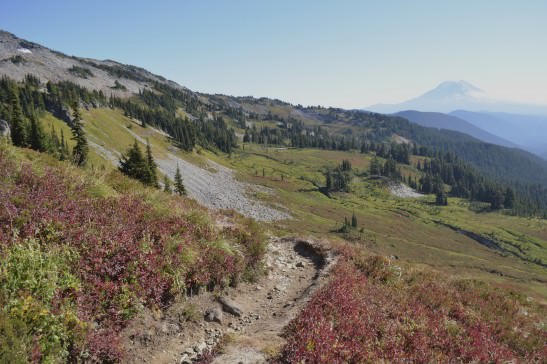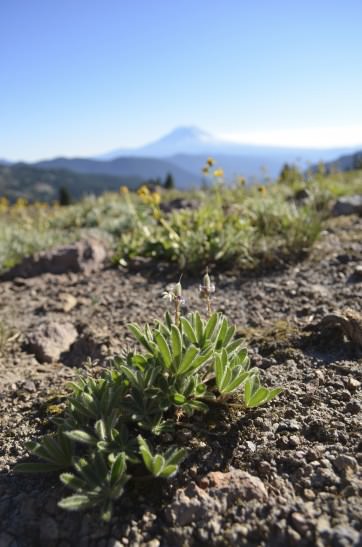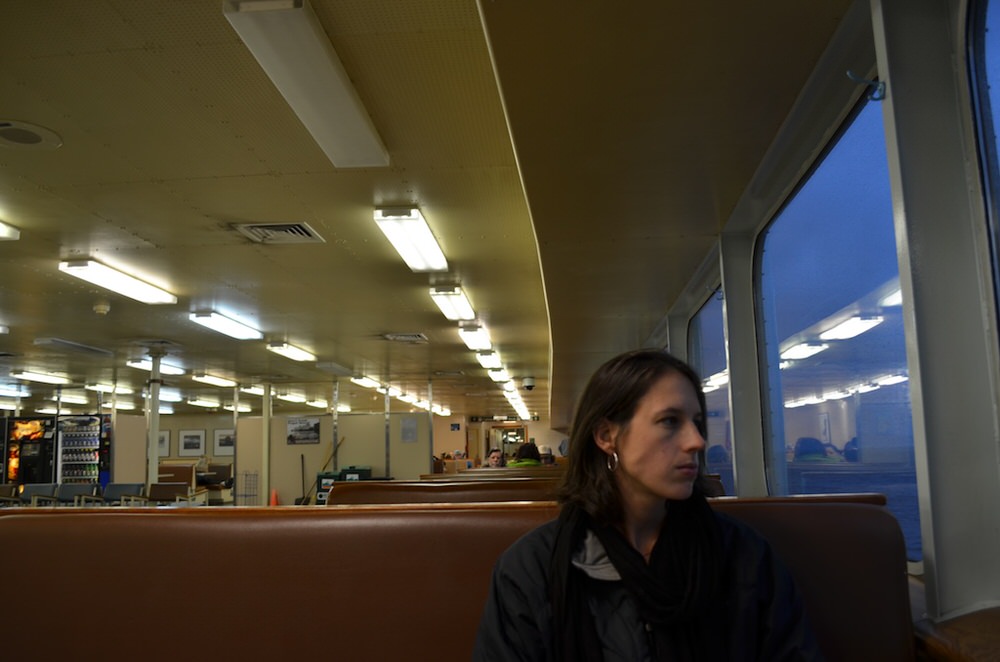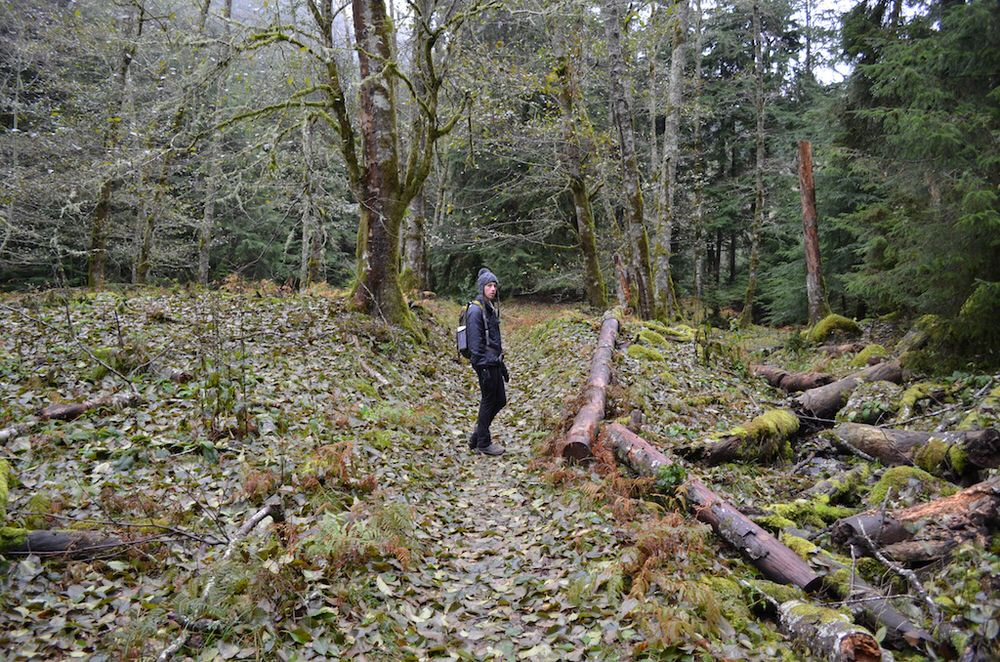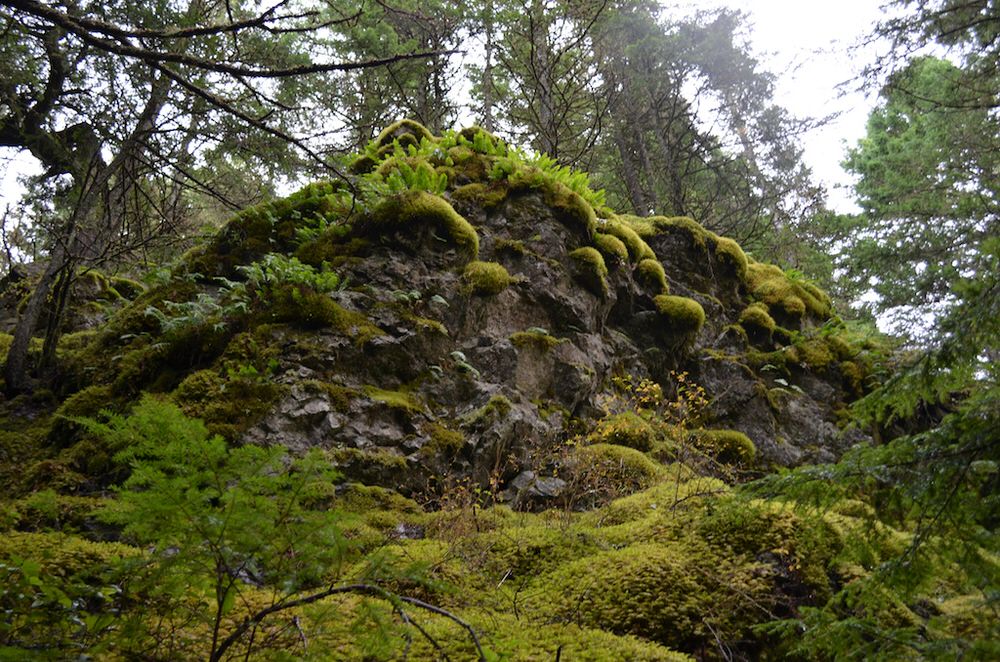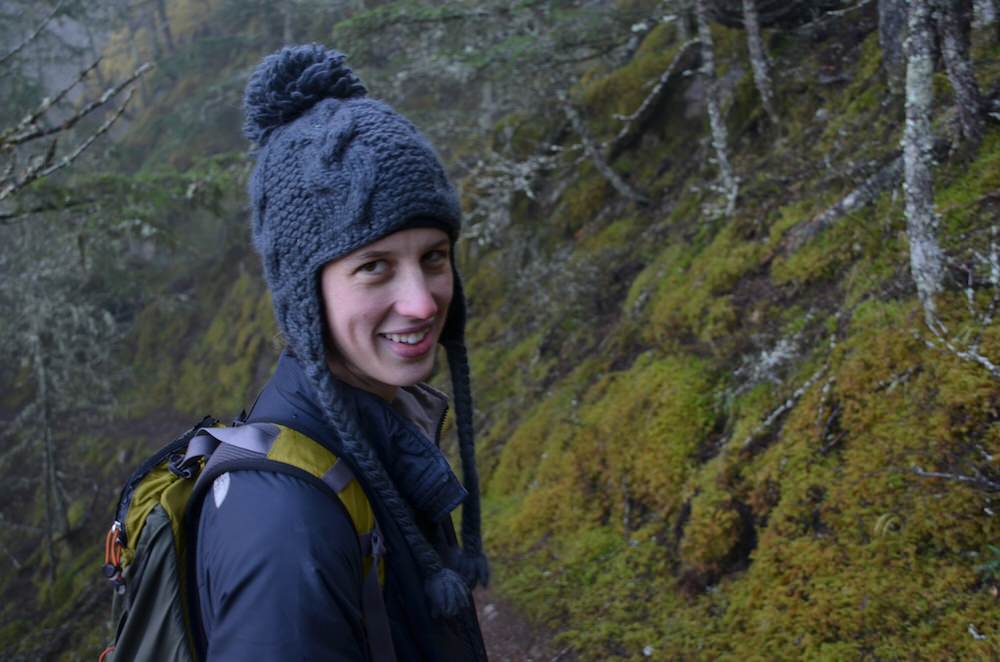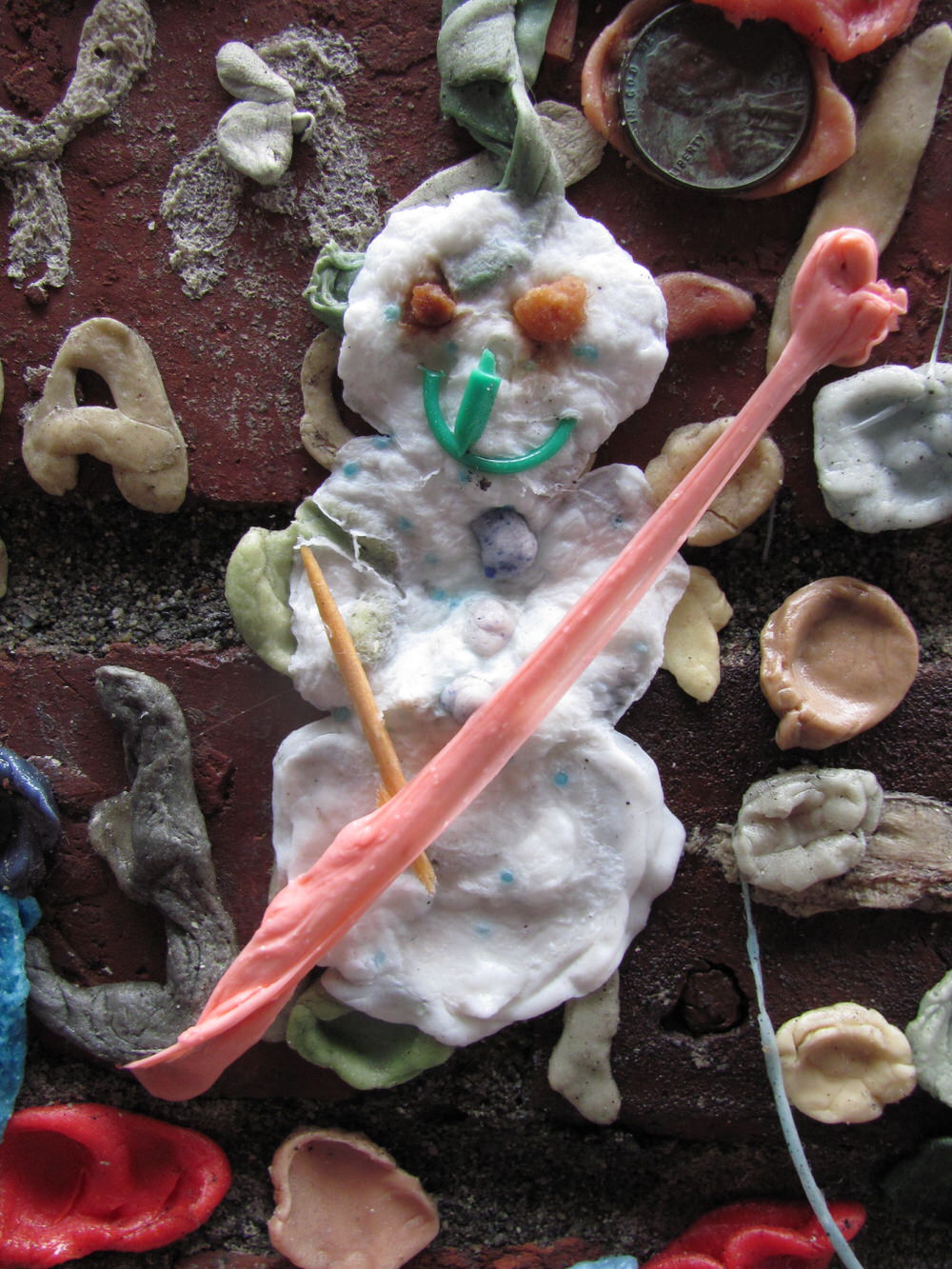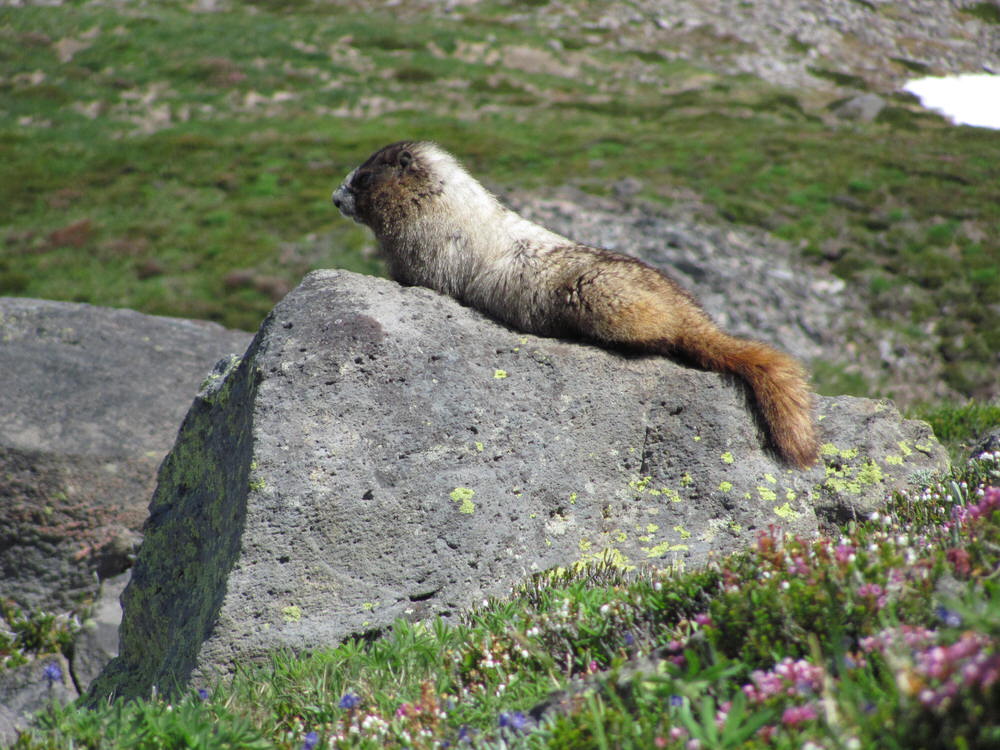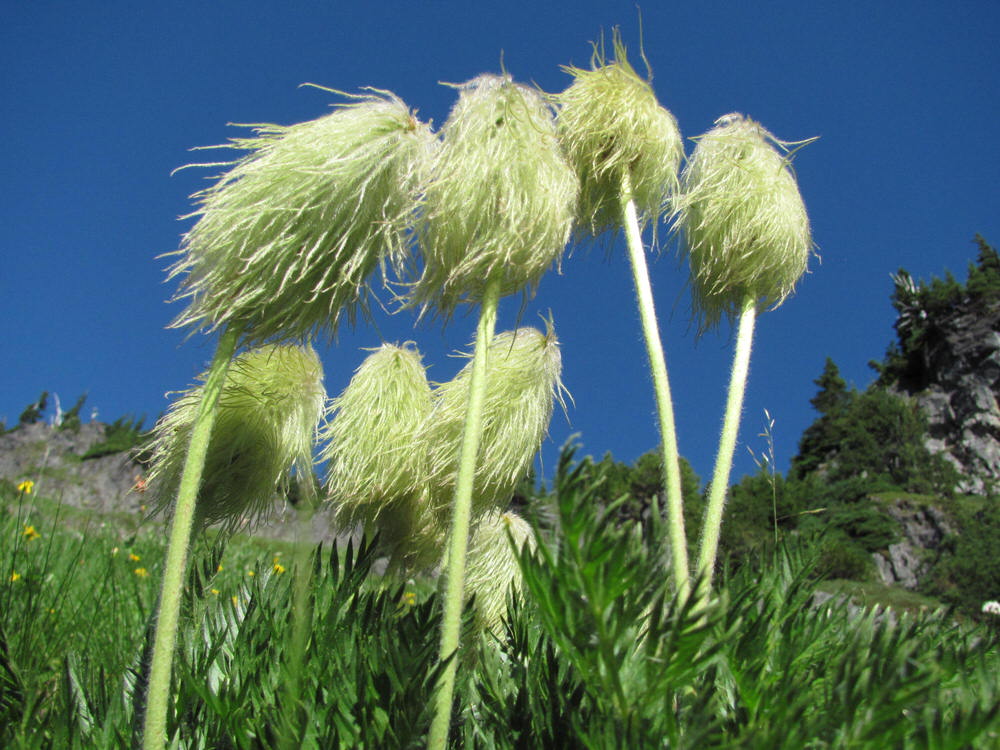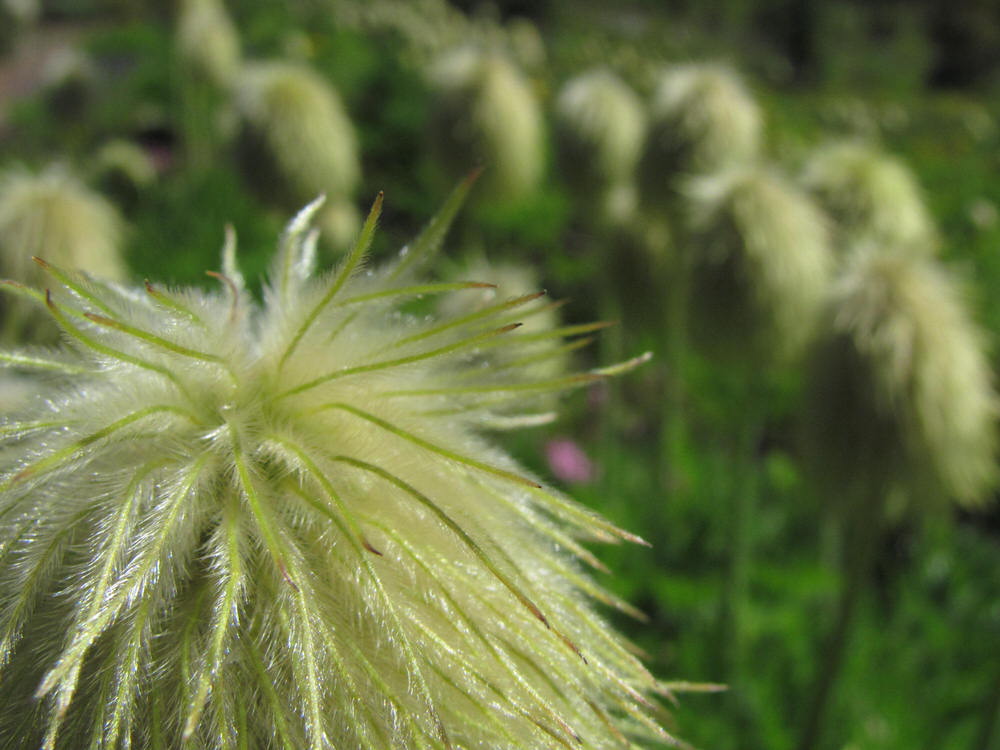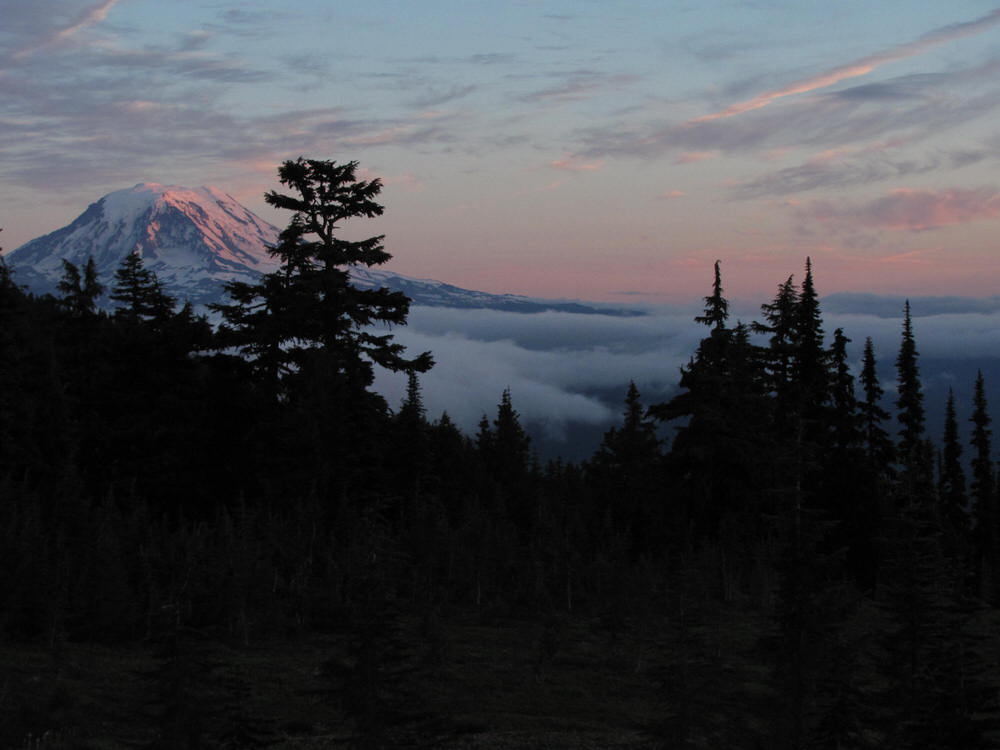Q: What do you get when you put three dental equipment salesmen from Kansas City together in a river raft?
A: Knock-knock jokes!
I’ll spare you the gory details, but suffice it to say, I learned quite a few one-liners during a recent rafting trip in Washington State.
My friend Jonathan guides rafting trips on Washington’s White Salmon River for a company called Wet Planet. He took Helen and me — and the three salesmen — down the river on a recent Saturday morning.
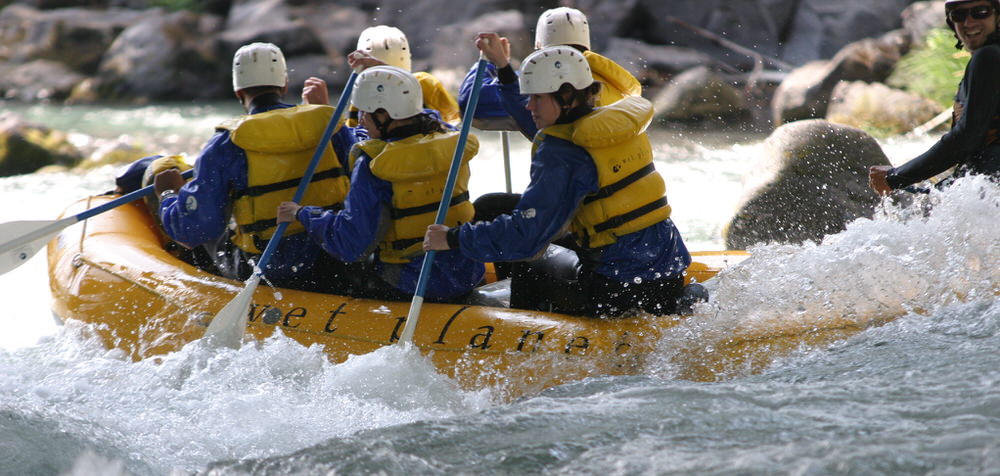
Within seconds of shoving off shore, we were negotiating churning Class III and IV rapids (out of V navigable types) that didn’t relent until we pulled the raft off the water at the end of the run. This took a well-coordinated digging of paddles, an every-man-for-the-team mentality — and some skilled steering from the back.
The White Salmon River starts on the glaciers on Mount Adams, ends at the Columbia River near the town of Hood River, Oregon is protected by the Wild and Scenic Rivers Act. The clear, frigid water was on its way through a narrow, steep-walled canyon of volcanic rock during the eight miles we followed it. The setting has a pristine beauty about it; flowers and ferns grow from cracks in the canyon walls, needly trees arch out over the water, and osprey circle overhead.
We abandoned our raft upstream of the first waterfall, BZ Falls, and while the empty vessel floated over the 24-foot drop by itself, we walked around. Then we jumped off a cliff and met it at the bottom.
“Make sure you land in the dead center of the river,” our trip leader had said before we hurled ourselves off the edge. “Land too close and you’ll hit the rock ledge on this shore. Land too far away, and you’ll hit the rock wall on the other side.” Instructions like that make for an exhilarating free fall. No really, it was fun.
The trip concluded at the base of the 10-foot Husum Falls. We stayed in the raft for that one, and practiced a stay-in-the-raft tactic as we approached. When Jonathan said "Get down!" we swung our paddles along the outside of the raft (being careful not to remove each other's teeth in the process), scooted our butts onto the floor and grabbed a safety cord.
Here we are in action:
CRAFT IDEA: Why not print out these photos and staple them together to create your very own Husum Falls flip book?!!

Notice our calm composure as we approach the drop. That's me, back right. Helen is directly in front of me.

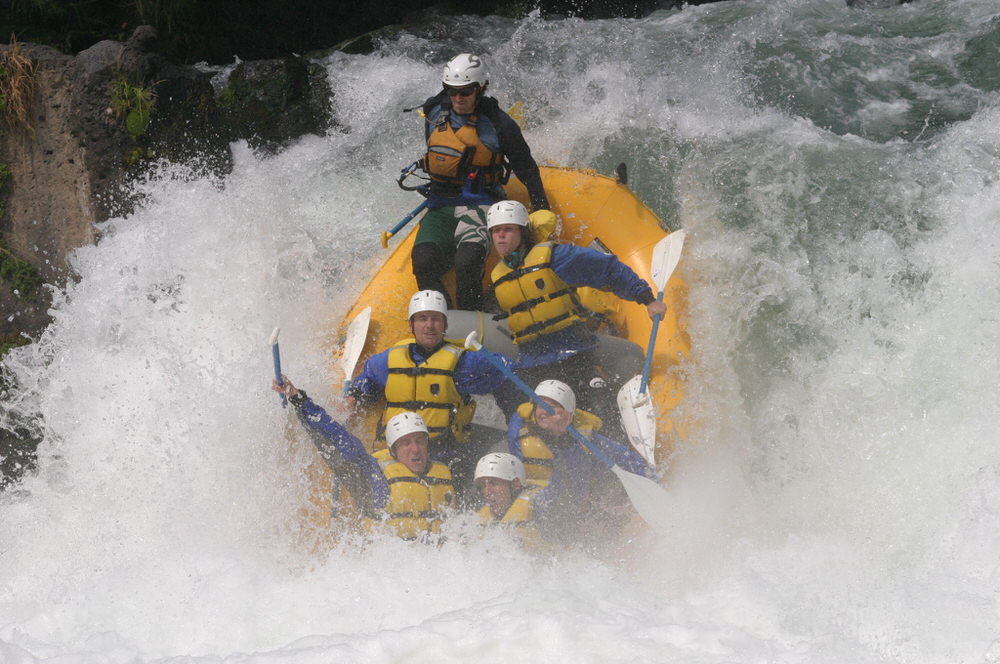
OK, not as much composure here. This one has more of a "HOLY SHIT!" feeling to it.
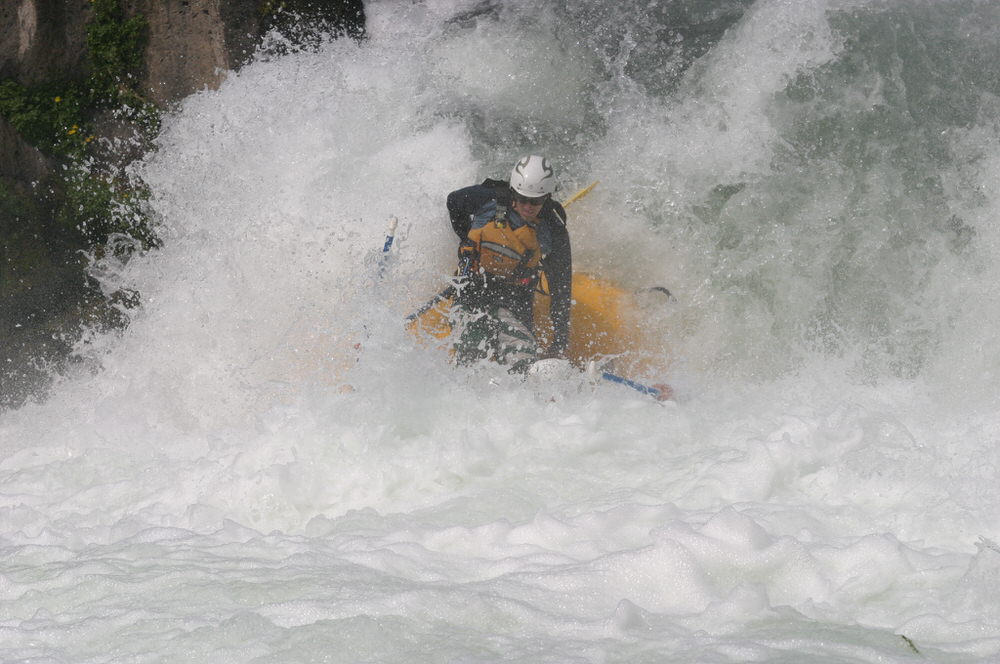
That's Jonathan, our guide.
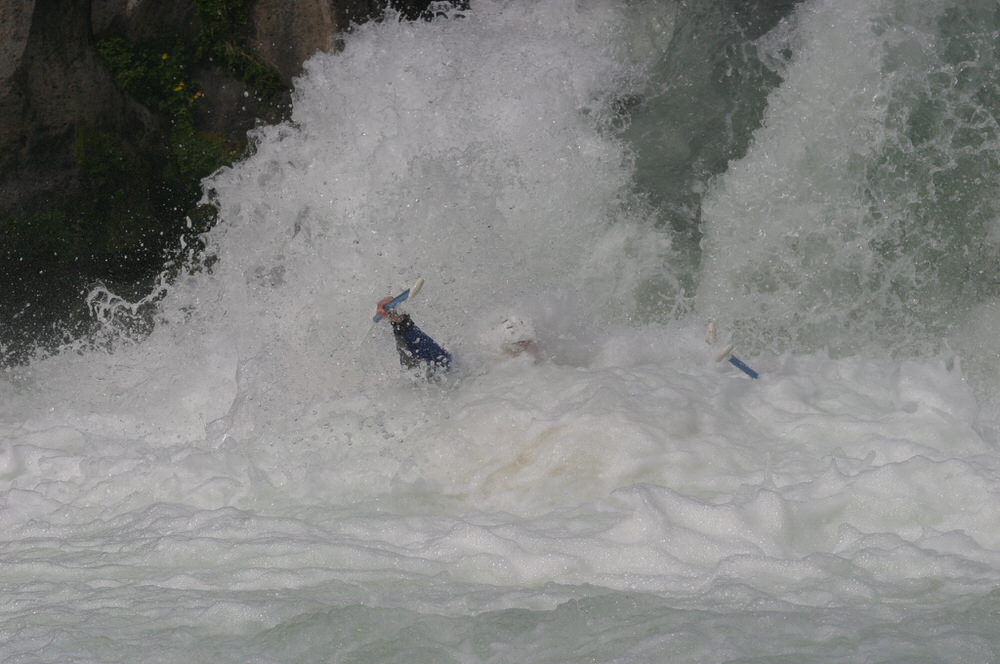
You can still see his arm.
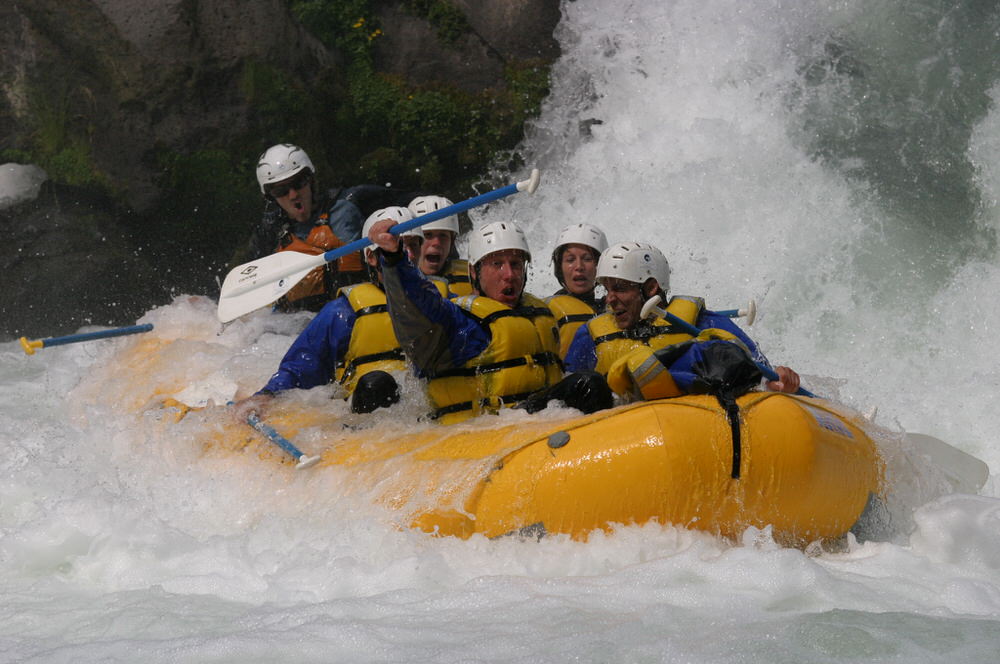
Aaaaaand, we're back. And all accounted for!
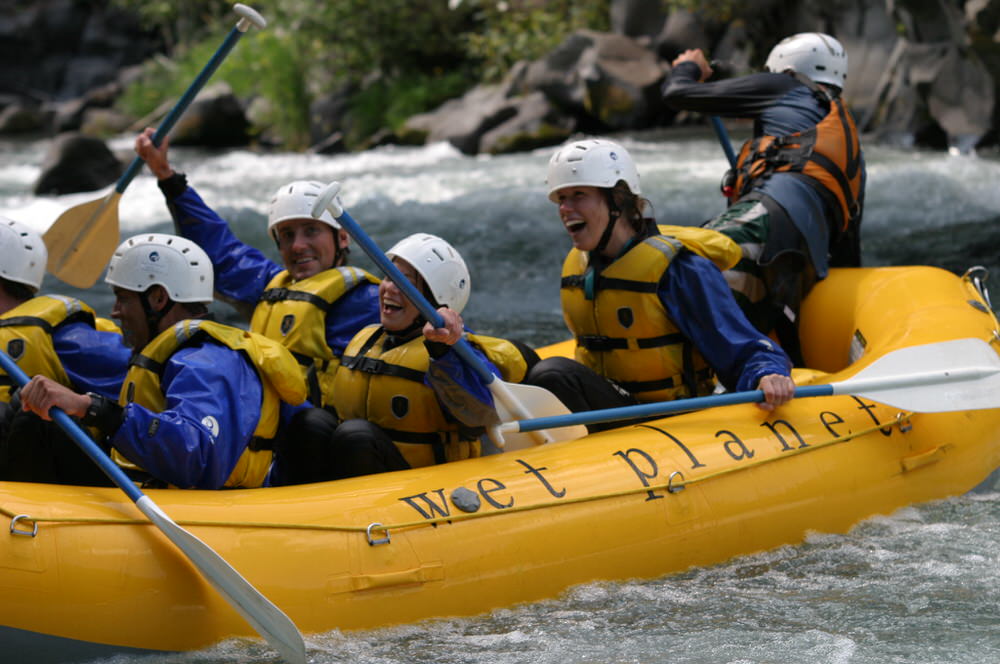
Oh, to be alive!!!
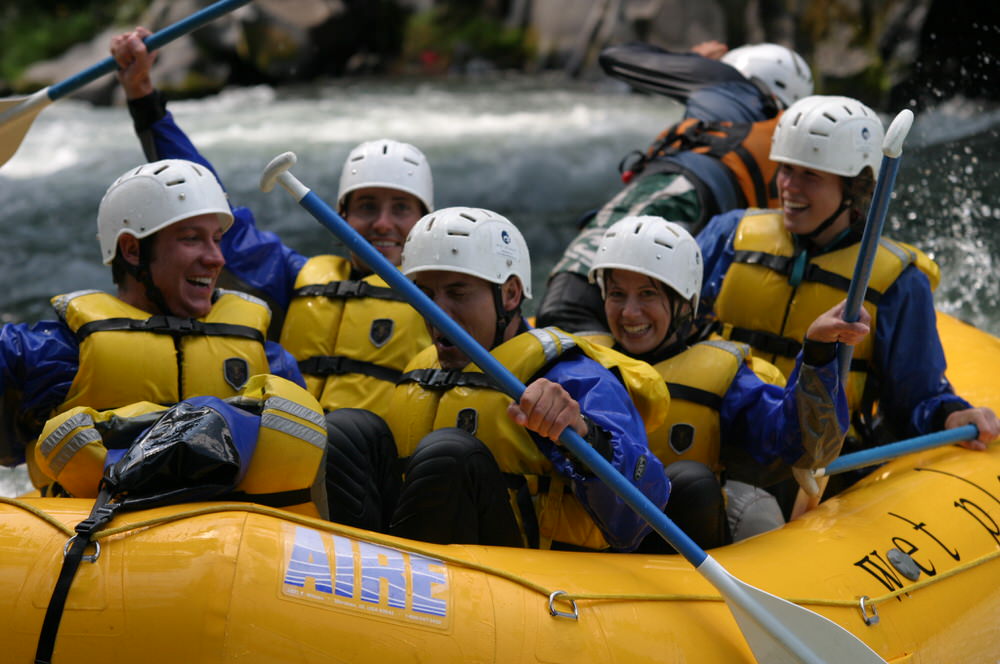

I'd say that was a bonding experience
After Helen and I dried off, we drove to Giffort Pinchot National Forest to hike the Sleeping Beauty Trail. The 1.4-mile path ascended through a forest of firs and hemlocks draped in lichen.



It ended at a 4,900-foot rock outcropping that overlooked Mount Adams (pictured above), Mt. Hood, Mt. St. Helens and Mt. Rainier.

Helen and me, windswept, at the top
And, a shot from the way down, some lichen in the sunlight:

Rafting photos courtesy of Wet Planet.


